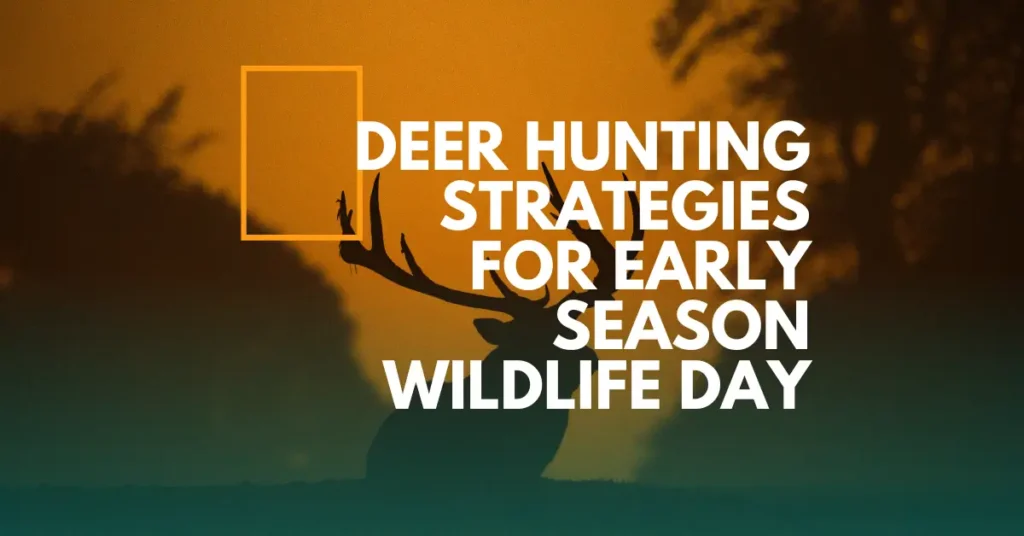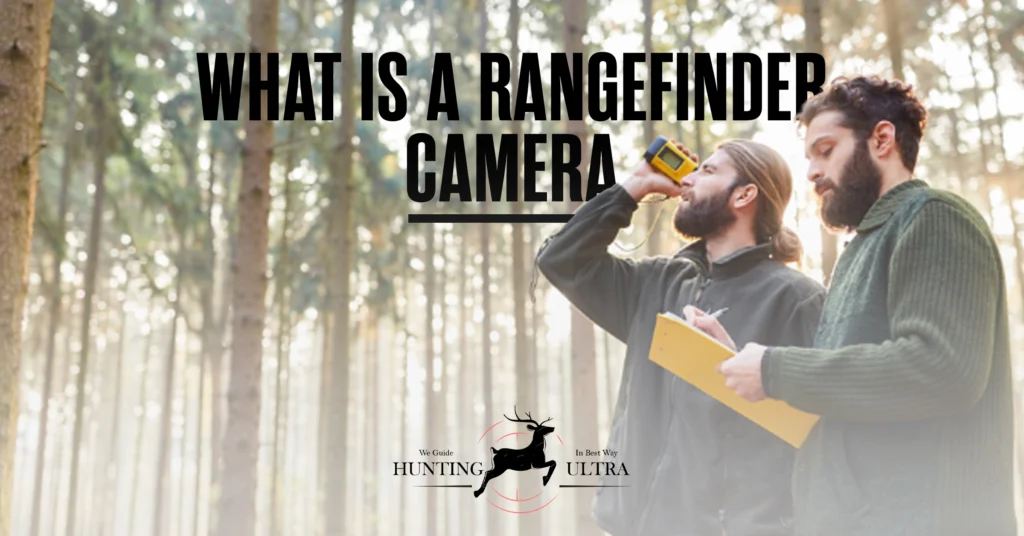The early season offers a prime opportunity for deer hunting enthusiasts to capitalize on the predictable behavior and patterns of deer. As summer transitions to fall, deer are still following their summer routines, making them relatively easier to track. To ensure a successful hunt during this period, it’s crucial to employ effective strategies that leverage these patterns. In this article, we will explore various tactics and techniques that can significantly improve your early-season deer hunting experience.
Deer Hunting Strategies for Early Season:
Here are some self tested hunting strategies for early season;
Scouting and Trail Cameras:
Begin your early-season hunting preparations with thorough scouting of your hunting area. Look for well-worn trails, feeding areas, and bedding sites. Utilize trail cameras strategically to gather crucial information about deer movement patterns, travel routes, and feeding habits. This data will help you choose optimal stand locations and formulate a well-informed hunting plan.
Food Sources:
Identify preferred food sources within your hunting area during the early season. Focus on agricultural fields, orchards, and early-season mast crops. Set up near these areas, keeping in mind the prevailing wind direction to position yourself downwind from the food source and avoid alerting deer to your presence.
Morning and Evening Hunts:
Plan your hunts during dawn and dusk, as deer are most active during these times. Arrive at your hunting spot well before first light and stay until after sunset to increase your chances of encountering deer during their peak activity periods.
Scent and Wind Management:
Deer possess a keen sense of smell, necessitating effective scent management. Prior to each hunt, ensure your hunting gear and clothing are scent-free using scent-eliminating sprays and store them in sealed containers. Pay close attention to wind direction when choosing your stand location, positioning yourself downwind from deer travel routes or food sources.
Mobility:
During the early season, deer movement patterns may change rapidly as they adjust to new food sources and hunting pressure. Embrace a mobile hunting strategy by utilizing lightweight tree stands, climbing sticks, or ground blinds that can be easily moved to different locations. This flexibility allows you to adapt to changing deer patterns and increases your chances of encountering active deer.
Silence and Stillness:
Minimize noise and movement to avoid spooking deer during the early season. Practice stealthy movement when approaching your stand and avoid unnecessary noise. Once in your hunting position, maintain stillness and avoid sudden movements. Exercise patience, as deer may take their time appearing within shooting range.
Conclusion:
By implementing these effective deer hunting strategies for the early season, you can greatly enhance your chances of a successful hunt. Remember to prioritize safety, comply with local hunting regulations, and embrace the opportunity to immerse yourself in the beauty of nature during this exciting time of the year.
Frequently Asked Questions (FAQs):
-
When is the early season for deer hunting?
The early season for deer hunting typically varies depending on the region and local regulations. However, it generally falls within the late summer to early fall period.
-
How important is scouting in early-season deer hunting?
Scouting plays a vital role in early-season deer hunting. By identifying deer movement patterns, feeding areas, and bedding sites through scouting and trail cameras, hunters can strategically position themselves for success.
-
What are some key food sources during the early season?
During the early season, deer are often focused on easily accessible food sources such as agricultural fields, orchards, and early-season mast crops. Targeting these areas can significantly increase your chances of encountering deer.
-
Should I focus on morning or evening hunts during the early season?
Deer are crepuscular animals, meaning they are most active during dawn and dusk. It is advisable to plan your hunts around these periods, as deer are more likely to be on their feet, moving between feeding and bedding areas.
-
How can I manage my scent effectively?
Managing scent is crucial in deer hunting. Before each hunt, ensure your gear and clothing are scent-free using scent-eliminating sprays and storing them in sealed containers. Position yourself downwind from deer travel routes or food sources to minimize the chances of being detected by their keen sense of smell.
-
Is it recommended to use decoys and calls during the early season?
Using deer decoys and calls can be effective during the early season. Bucks may still be establishing dominance and territorial boundaries, making them susceptible to decoy and call strategies. Experiment with different vocalizations and strategically place decoys to attract curious deer into your hunting area.
Also read Deer Hunting Tips: 100% Successful



